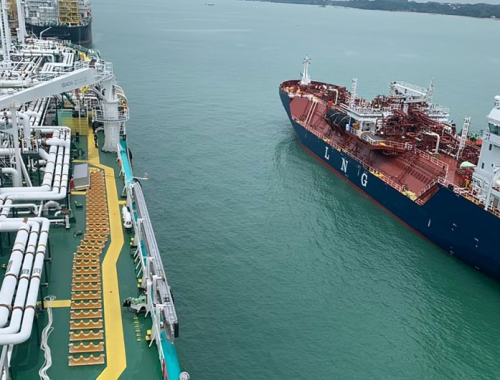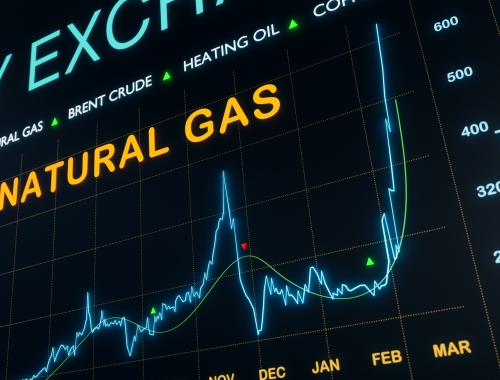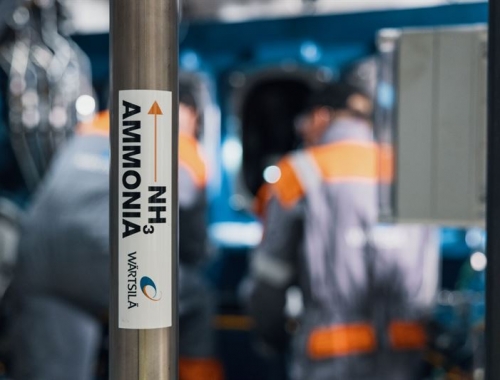Direct air capture: an emerging pathway to net zero
SUMMARY
Momentum is building – some 130 new projects are planned, and assuming all reach completion, that would expand capture capacity to 75mn t of CO2/year.
By Mike WeberPOSTED IN:
There is no one silver bullet to reaching zero – a goal that will require a raft of different low-carbon solutions working together to be achieved. Some of those technologies are only just emerging – one example is direct air capture (DAC).
DAC allows CO2 already in the atmosphere to be captured anywhere in the world, and then permanently stored in deep geological formations. In contrast, point-source carbon capture projects must be located where there are large emission sources, and that captured CO2 may have to be transported long distances either via pipeline or ship for storage, if there are not suitable geological formations nearby. This is not the case with DAC – it can be deployed immediately next to storage locations.
The industry is still in its infancy – only 27 DAC plants have been commissioned to date globally, only capturing a combined 0.01mn tonnes of CO2 annually, according to the International Energy Agency (IEA). But as with new technology, it must pass through the stages of crawling and walking before it can run. And momentum is building – some 130 new projects are planned, and assuming all reach completion, that would expand capture capacity to 75mn t of CO2/year.
But for these projects to reach a final investment decision (FID), market mechanisms and policies need to be developed to create demand for CO2 removal. The US is leading the way here, having introduced the 45Q credit, which the Inflation Reduction Act (IRA) has expanded to offer $180/t of CO2 permanently stored. Similarly, the Infrastructure Investment and Jobs Act makes available $3.5bn in funding to establish four large-scale DAC hubs.
With close to 40 DAC projects announced since the US unveiled the IRA, including Project Bison, the world's largest DAC project announced yet, capable of capturing 5mn t of CO2 annually by 2030, it is clear that these policies have laid the foundation for the industry’s development and companies are now beginning to build the market.
Other countries are taking similar steps. The UK’s spring budget, announced in March, allocated £20bn ($25bn) in funding for carbon capture, utilisation and storage (CCUS) applications, including DAC. Meanwhile, in Canada’s 2022 federal budget a tax credit was announced set at 60% for investment in DAC equipment from 2022 to 2030. Additionally, Environment and Climate Change Canada (ECCC) is in the midst of developing an offset protocol for DAC as part of Canada’s Greenhouse Gas Offset Credit System.
Furthermore, the European Commission’s research and innovation programmes Horizon Europe and Innovation Fund have been supporting DAC research. The commission has also released a first proposal for a regulation on an EU certification for carbon removals.
With growing policy support for DAC, it is also encouraging to see private investors also backing DAC. Bill Gates-founded Breakthrough Energy’s Catalyst programme is investing in DAC, as is X-Prize which has made available up to $100mn for carbon removal proposals, including DAC. Similarly, Climeworks last year raised $650mn from private investment rounds. Its Orca facility in Iceland is the world's largest operating DAC plant capable of removing 4,000 t of CO2/yr.
Nevertheless, there is still much to be done before the DAC industry gets off and running. This includes the development of internationally agreed approaches to the certification and accounting of DAC. And as with any nascent industry, supply chains will need to be built up before commercial-scale projects can be commissioned in abundance.
Most of all though, the cost of DAC technologies will need to be lowered as currently capturing CO2 from the air is carbon capture’s most costly application. Since CO2 in the atmosphere is more diluted than in flue gas from a power station, for instance, higher energy needs and costs relative to this drive up the price of using DAC applications.
There could be major help on the way on this front though as innovation in CO2 use opportunities such as synthetic fuels could reduce costs and provide a substantial-sized market for DAC. With early commercial efforts to develop synthetic aviation fuels utilising air captured CO2 and hydrogen already underway this could be a gamechanger. Development of sustainable aviation fuels (SAFs) already has the support of the European Commission through its ReFuelEU Aviation proposal creating growing optimism.
Nevertheless, wide-scale deployment of DAC will not happen overnight. And it is important to remember that lead times for DAC plants range from between two to six years. But with a growing DAC technology portfolio developing, robust policy and incentives support, and private sector backing, the future looks promising for DAC to be an important contributor to global decarbonisation efforts.








